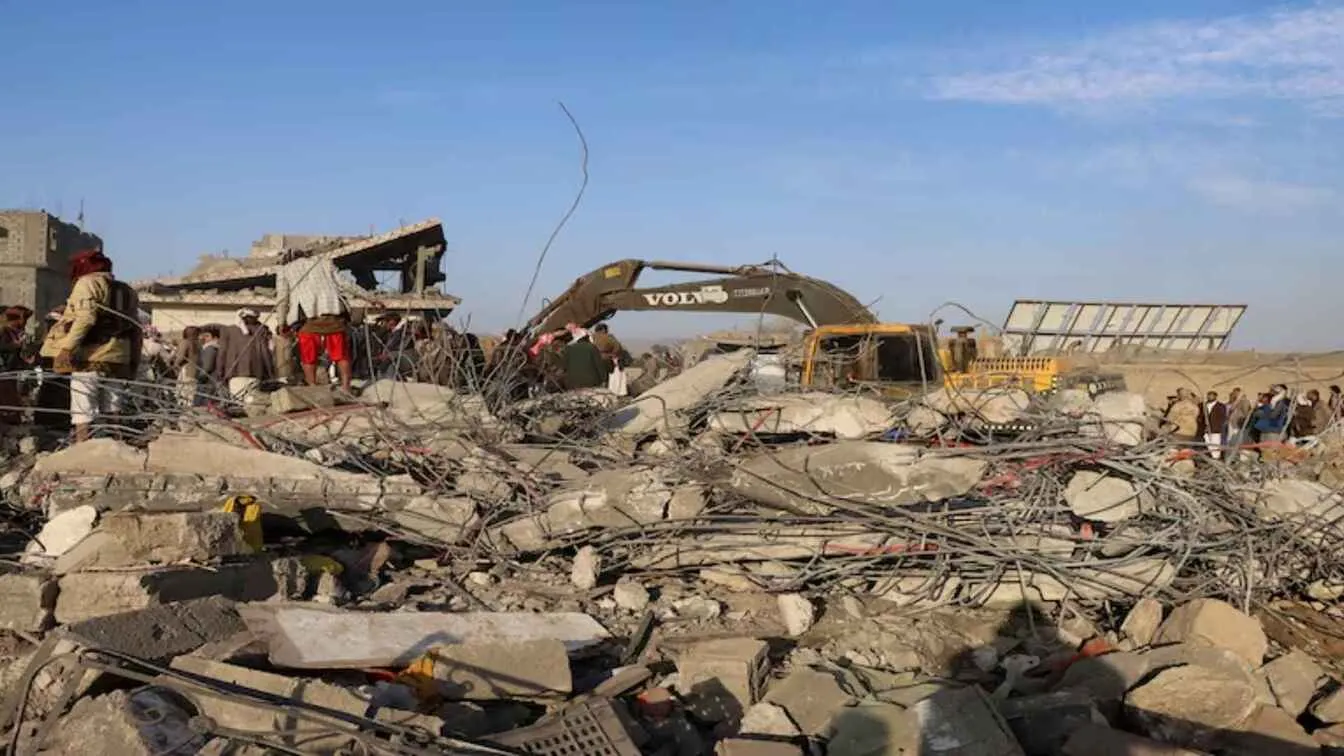The Philippines is grappling with the aftermath of Tropical Storm Trami, which has resulted in significant flooding and landslides across the archipelago. As of Saturday, the death toll has reached nearly 130, with many individuals still reported missing. President Ferdinand Marcos expressed grave concerns over the ongoing rescue efforts, noting that numerous areas remain isolated and in dire need of assistance.
Storm’s Fury and Immediate Consequences
Tropical Storm Trami, which moved away from the northwestern Philippines on Friday, has been identified as one of the most destructive storms to hit the region this year. According to the government’s disaster-response agency, the storm has claimed at least 85 lives, with 41 individuals still unaccounted for. These figures are expected to rise as rescue teams receive information from remote and previously inaccessible regions.
Rescue operations are currently focused on the town of Talisay in Batangas province, where emergency personnel, including police and firefighters, have been tirelessly working to recover those trapped by the disaster. The tragic search for victims took a heartbreaking turn when a father, anxiously awaiting news of his 14-year-old daughter, was seen weeping as rescuers placed a body in a black body bag. Overcome with grief, he followed the officers carrying the bag down a mud-strewn village alley, where a sympathetic local approached to offer condolences.
Conditions and Challenges on the Ground
The situation in Talisay is dire. More than a dozen white coffins are lined up in a nearby basketball gym, holding the remains of those found among the debris of mud, boulders, and trees that cascaded down the slopes of the Sampaloc village. The extent of the damage has prompted President Marcos to visit the affected regions, where he observed the catastrophic impact of the storm firsthand.
Marcos noted that the volume of rainfall experienced in just 24 hours was unprecedented, with some areas receiving one to two months’ worth of rain in this short period. “The water was just too much,” he remarked to reporters, highlighting the overwhelming nature of the disaster.
Ongoing Rescue Operations and Government Response
The rescue efforts are far from complete. President Marcos stated, “We’re not done yet with our rescue work,” acknowledging the ongoing challenges posed by persistent flooding that has made many areas inaccessible even to larger rescue vehicles. He emphasized the need for comprehensive flood control measures to address the escalating threats posed by climate change.
In a meeting with his Cabinet, Marcos expressed concerns over predictions from weather forecasters suggesting that the storm, which is the 11th to strike the Philippines this year, could potentially make a U-turn and impact Vietnam over the weekend. The threat of further storms has prompted the government to take precautions, including the shutdown of schools and government offices for the third consecutive day, aiming to protect millions of citizens on Luzon, the main northern island.
A Community in Crisis
The storm has affected more than 5 million people, with nearly half a million displaced individuals seeking refuge in over 6,300 emergency shelters across various provinces. As weather conditions improved in some areas on Saturday, cleanup operations began, but the emotional and physical toll on communities remains staggering.
Historically, the Philippines faces the brunt of around 20 storms and typhoons each year, a reality that underscores the nation’s vulnerability to natural disasters. In 2013, Typhoon Haiyan, one of the strongest tropical cyclones ever recorded, resulted in more than 7,300 fatalities and the destruction of entire villages.























